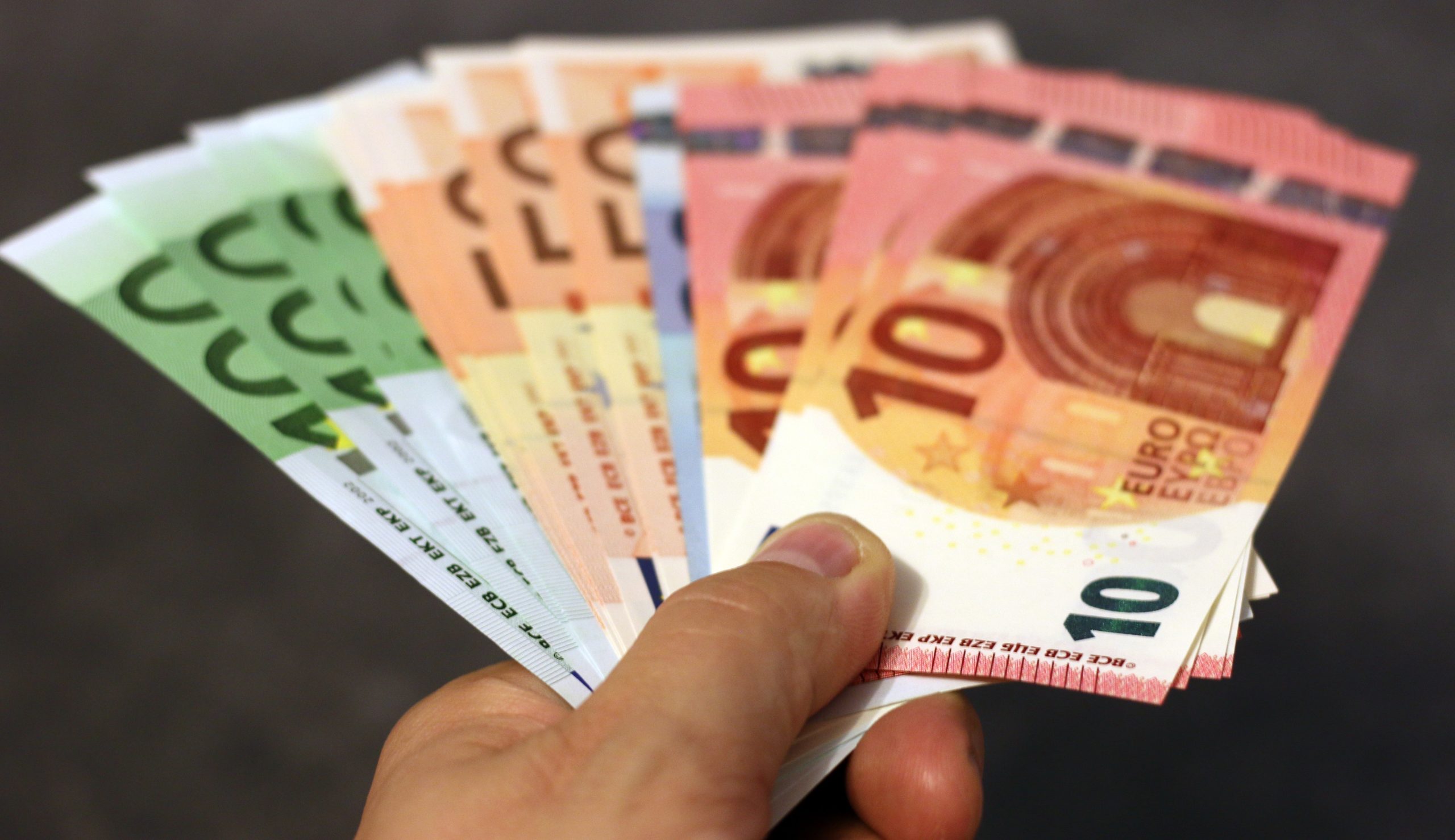European(Transatlantic Today)-2022 is one of the most intense years for Europe’s economy, with many families and regions experiencing the highest level of crisis yet. Now, the economy sits at the brink of collapse in the wake of one of the biggest wars of the century.
As the year started, Russia invaded Ukraine. This event has thrown the whole world into disarray. This was a stark contrast to what was expected for the month of January, as the world was supposed to be on an upward turn. Citizens and governments expected relief as the threat of COVID waned and the rest of the workforce acclimated to the new normal.
The economic crisis began to set in from January 2022 onward, and it shows no signs of slowing.
What to expect in Europe’s economic crisis
The repercussions of the Russian-Ukrainian war are still present and are expected to remain. Consequences will take the form of:
• Rising inflation
• Energy shortages
• Nearing recession
• Worsening conditions
While the outlook is bleak, governments are continuing to find new ways to reduce strain and right the economy amid the daily changes.
Changes look different depending on family socioeconomic status. Most commonly, changes in prices are ravaging family budgets and coffers – such as increases in food prices and increases in energy, water, and daily prices.
What industries are less affected during Europe’s economy shift?
Travel is increasing and continues to grow through the recession and inflation.
Although travel is on the rise, this does not mean that the number of workers is correlated with the amount of travel. They have had to cut back and cap many of the flights that are coming into airports, especially large international centers.
What is the status of Europe’s economy?
The EU and other government groups are continuing to make policy and legislative changes to help their communities get through these uncertain times. As the Russian-Ukrainian war ends, we hope to see a paradigm shift with the economy’s trajectory.


























